Mount Kilimanjaro, the highest mountain in Africa and one of the world’s most iconic peaks, is located in northeastern Tanzania. Standing at 5,895 meters (19,341 feet) above sea level, Kilimanjaro is a free-standing mountain and a dormant stratovolcano that has become a symbol of adventure, endurance, and natural beauty. Its snow-capped summit is a bucket-list destination for hikers and mountaineers from around the globe.
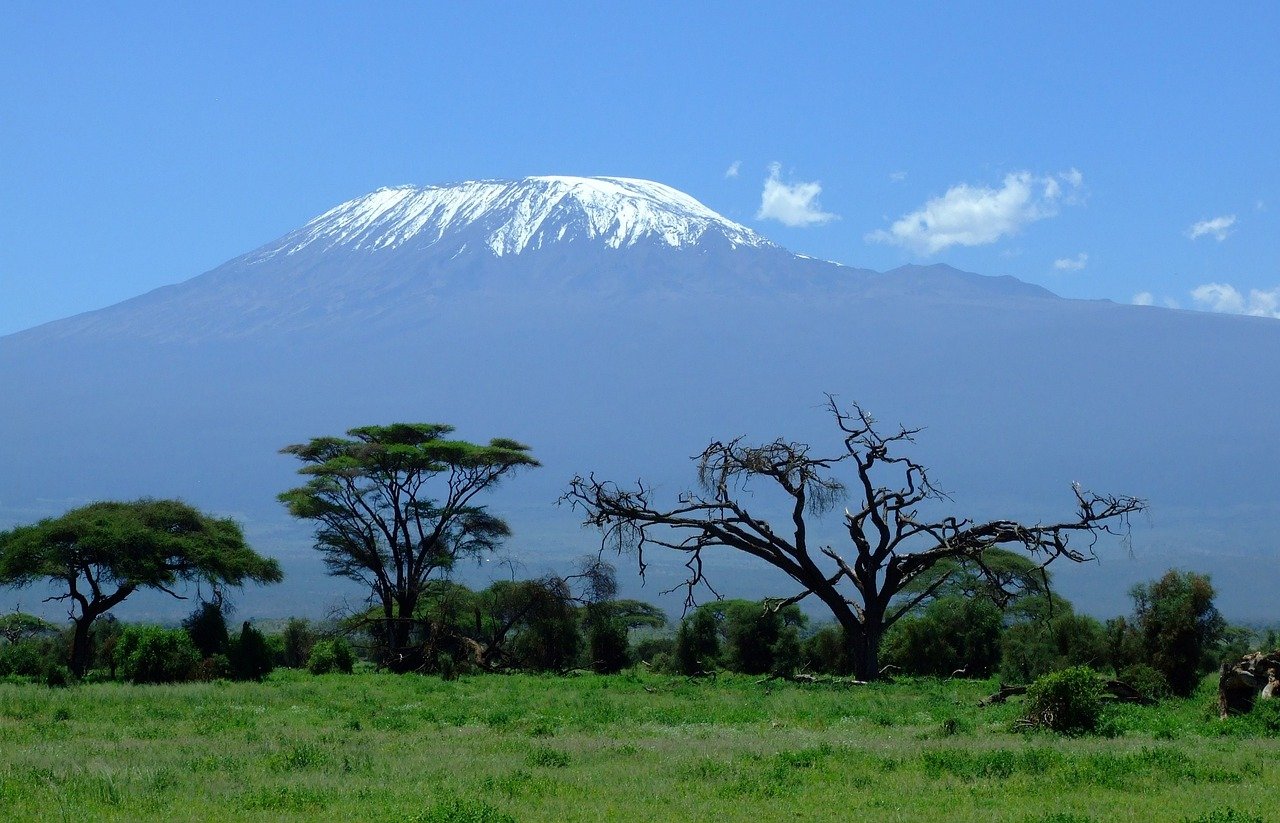
Geography and Structure
Mount Kilimanjaro is composed of three distinct volcanic cones: Kibo, Mawenzi, and Shira. Kibo is the highest of the three and the site of Kilimanjaro’s summit, known as Uhuru Peak. Mawenzi and Shira are extinct, while Kibo is dormant, with the last major eruption occurring over 360,000 years ago.
Uhuru Peak: Uhuru Peak, located on Kibo’s crater rim, is the highest point on Mount Kilimanjaro and the ultimate goal for climbers. The summit is covered by glaciers and snowfields, though these are receding due to climate change. The view from the peak is breathtaking, offering panoramic vistas of the surrounding plains and distant mountains.
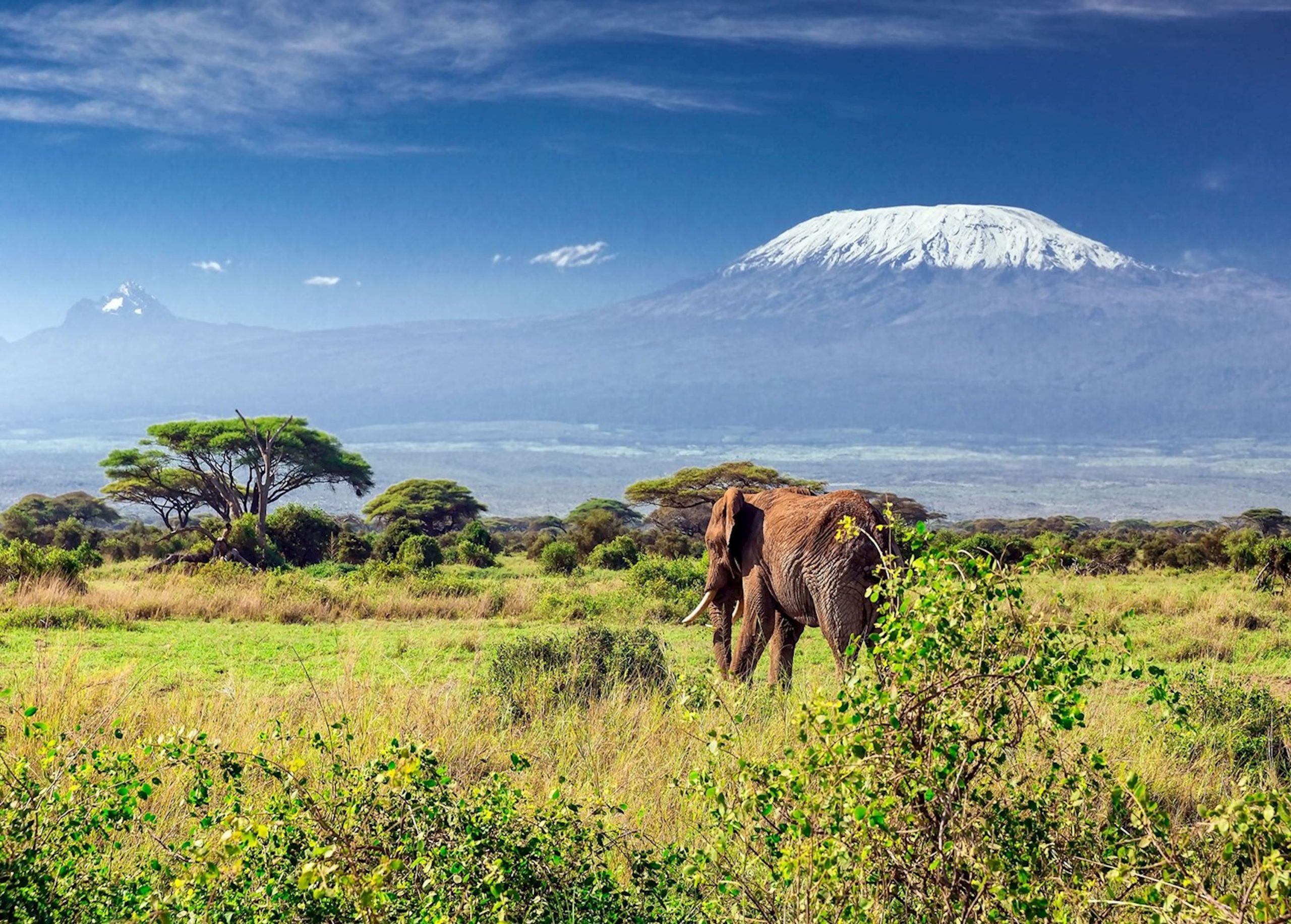
Climbing Mount Kilimanjaro
Climbing Mount Kilimanjaro is a challenging but achievable goal for adventurers. Unlike other high mountains, Kilimanjaro does not require technical climbing skills, making it accessible to a wide range of people. However, the climb is physically demanding due to the altitude, so proper preparation and acclimatization are essential.
Routes: There are several routes to the summit, each offering different experiences in terms of scenery, difficulty, and duration. The most popular routes include:
- Marangu Route: Also known as the “Coca-Cola Route,” this is the oldest and most established route. It offers hut accommodation and is considered one of the easier paths, though it has a lower success rate due to its relatively rapid ascent.
- Machame Route: Known as the “Whiskey Route,” Machame is more challenging but also more scenic, passing through diverse landscapes from rainforest to alpine desert. It has a higher success rate due to its longer duration, allowing for better acclimatization.
- Lemosho Route: A longer and less crowded route, Lemosho is highly regarded for its beautiful scenery and gradual ascent, increasing the chances of reaching the summit.
- Rongai Route: Approaching from the north, near the Kenyan border, Rongai offers a unique perspective on the mountain. It is less traveled and has a gentler gradient, making it a good option for climbers seeking a quieter experience.
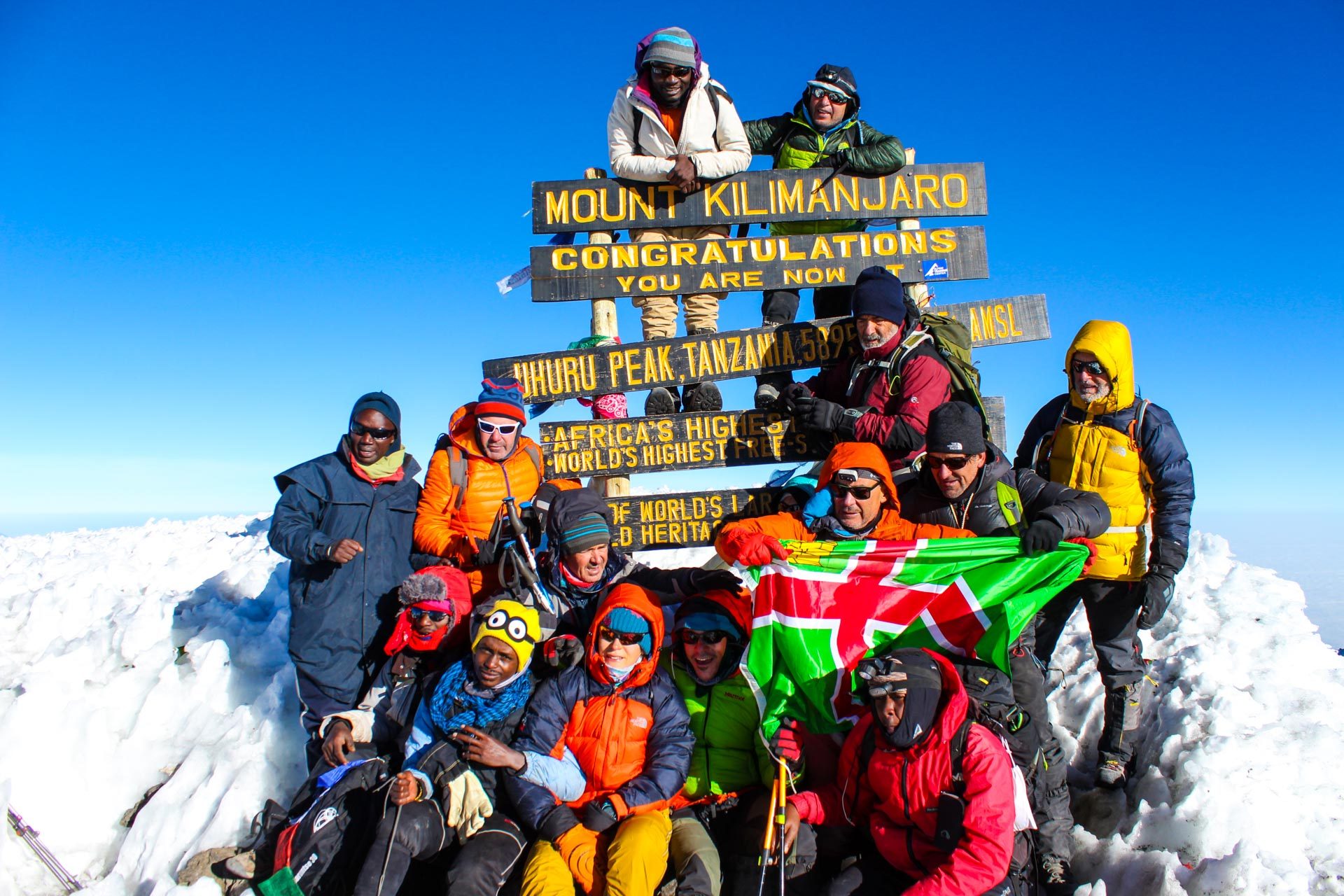
Flora and Fauna
Mount Kilimanjaro’s ecosystems are remarkably diverse, with distinct vegetation zones that change with elevation. The mountain is home to several species of plants and animals adapted to its varying climates.
Vegetation Zones: The climb takes hikers through five major ecological zones:
- Cultivation Zone (800–1,800 meters): The lower slopes are cultivated by local communities, with crops like coffee, bananas, and maize.
- Rainforest Zone (1,800–2,800 meters): This lush, green zone is rich in biodiversity, with towering trees, ferns, and mosses. It’s home to monkeys, birds, and other wildlife.
- Heather and Moorland Zone (2,800–4,000 meters): Characterized by giant heathers, lobelias, and other hardy plants, this zone is cooler and more open, offering sweeping views.
- Alpine Desert Zone (4,000–5,000 meters): The landscape here is barren and rocky, with sparse vegetation. The temperature drops significantly, and the air becomes thinner.
- Arctic Zone (above 5,000 meters): The summit zone is a harsh environment of ice, rock, and snow, with very little life. This is where climbers face the greatest challenges due to extreme cold and low oxygen levels.
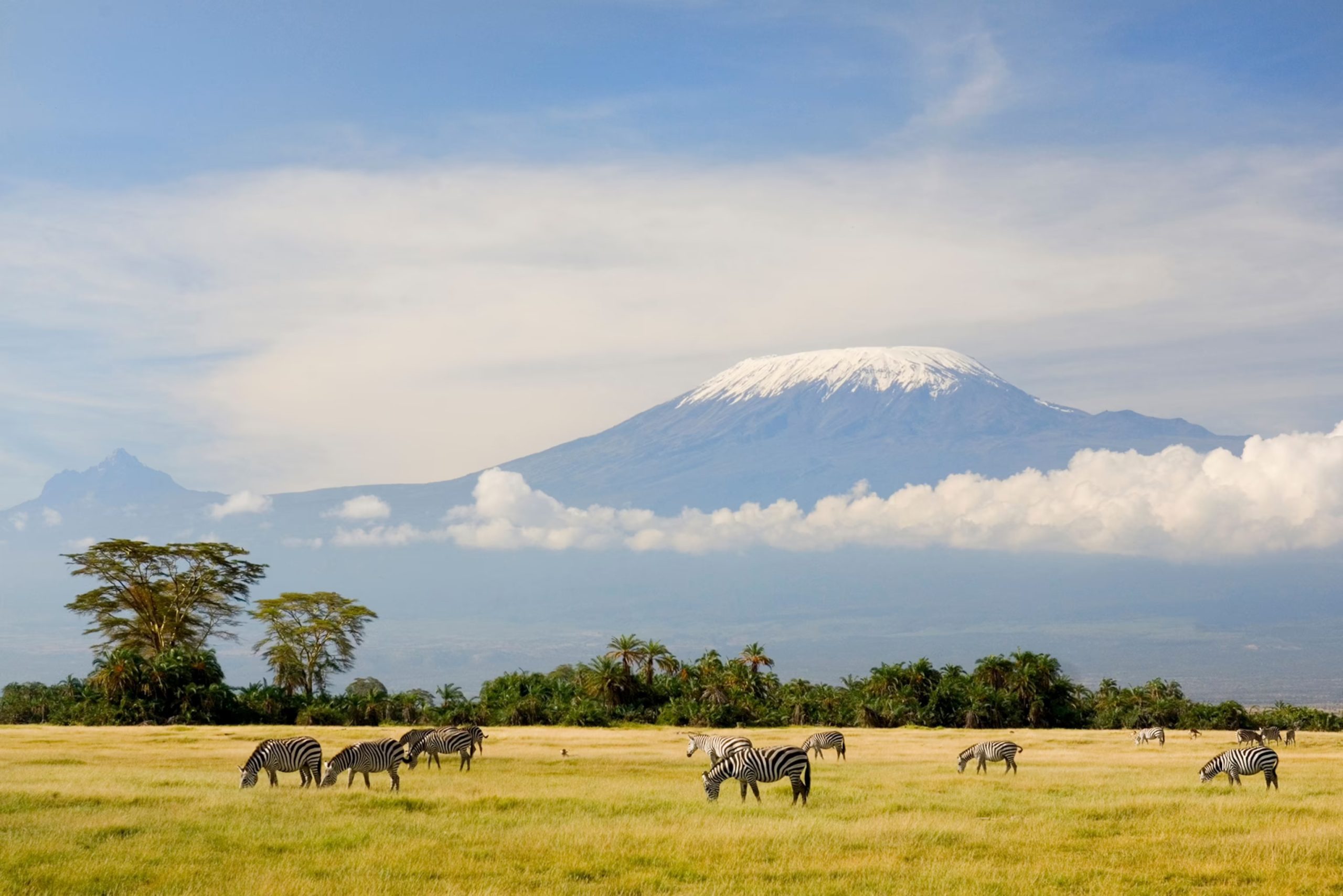
Cultural Significance
Mount Kilimanjaro holds cultural significance for the local Chagga people, who have lived on its slopes for centuries. The mountain is a source of water, fertile soil, and spiritual meaning. Traditional stories and legends about Kilimanjaro are passed down through generations, adding to the mountain’s mystique.
Conservation and Environmental Challenges
Mount Kilimanjaro is a UNESCO World Heritage Site and part of Kilimanjaro National Park. Conservation efforts are in place to protect its unique ecosystems and mitigate the impacts of tourism. However, the mountain faces significant environmental challenges, including:
- Glacial Retreat: Kilimanjaro’s glaciers are rapidly shrinking due to climate change, with some experts predicting they could disappear entirely within a few decades.
- Deforestation: The surrounding areas face deforestation pressures, which can affect the mountain’s water supply and overall health of the ecosystem.
- Tourism Impact: While tourism is a vital source of income for the region, it also poses environmental challenges, such as waste management and trail erosion.
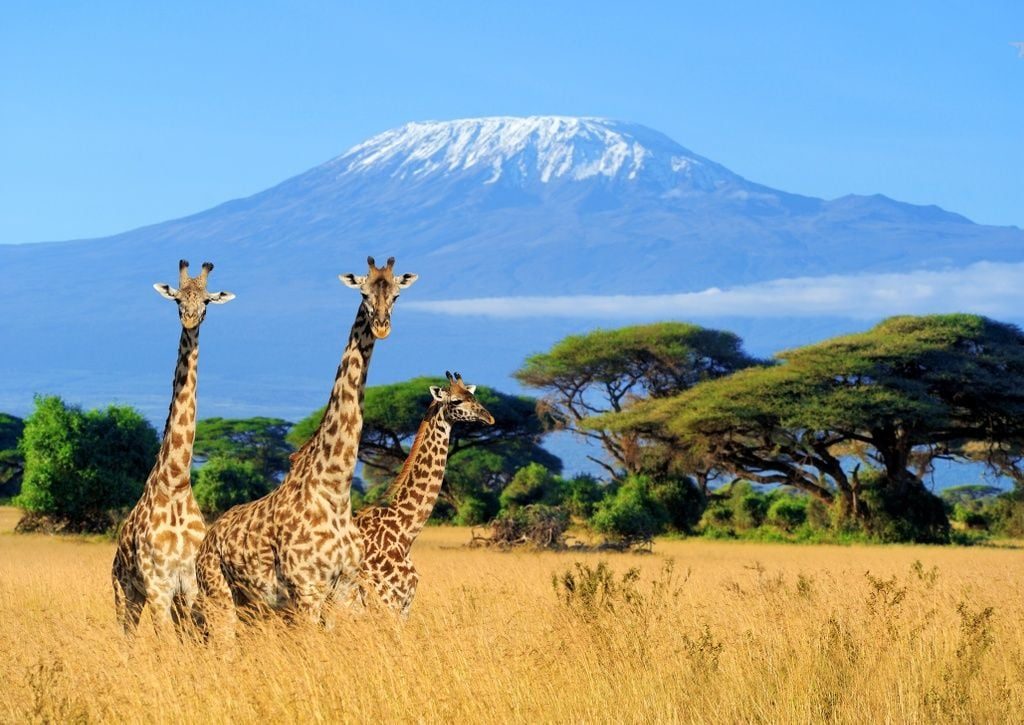
Best Time to Climb
The best time to climb Mount Kilimanjaro is during the dry seasons, from late June to October and from late December to February. These periods offer the best weather conditions, with clear skies and lower chances of rain, making the climb more enjoyable and the views more spectacular.
Conclusion
Mount Kilimanjaro is more than just a mountain; it is a symbol of natural wonder, endurance, and the spirit of adventure. Whether you’re a seasoned mountaineer or a first-time hiker, the journey to Kilimanjaro’s summit offers a life-changing experience filled with breathtaking landscapes, unique ecosystems, and a deep connection to the natural world. Climbing Kilimanjaro is a challenge that rewards those who undertake it with memories that last a lifetime and a profound sense of achievement.
